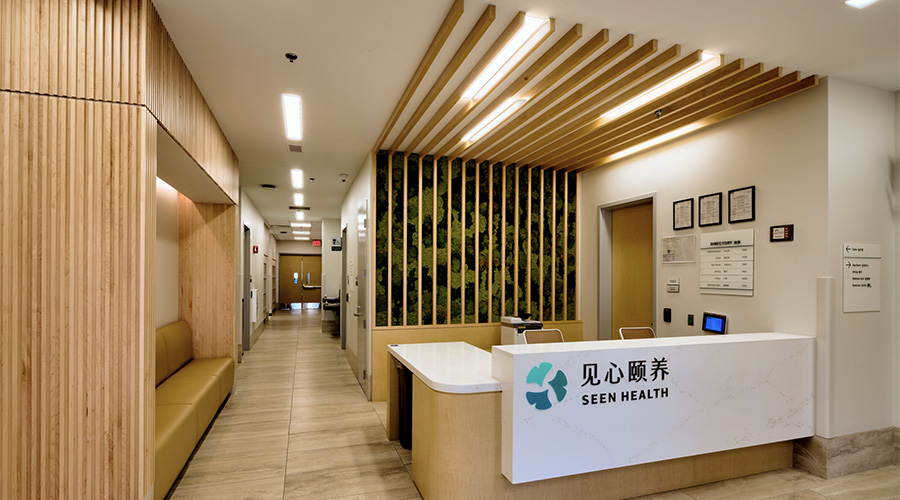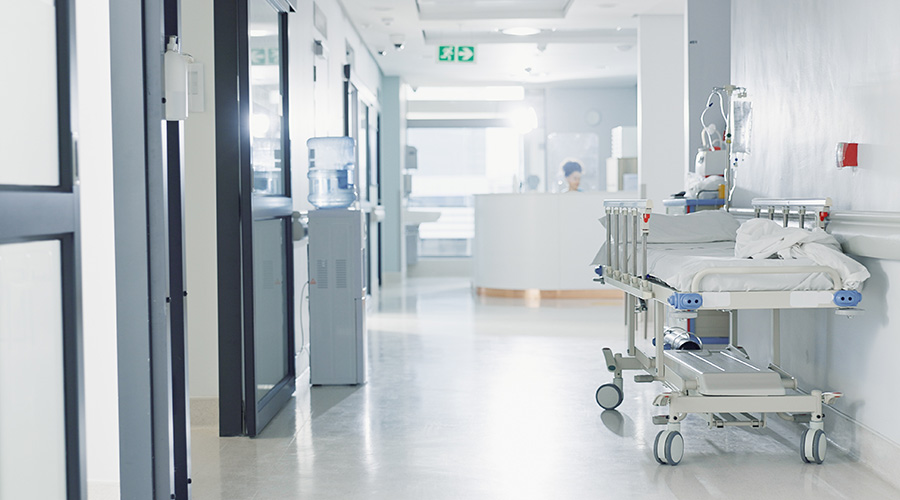Over the past 10 years, many hospitals have made a significant investment to improve the security within and around the perimeter of their facilities.
Protecting patients, staff and visitors have become increasingly important in addressing patient privacy, safe guarding against infant abductions and ensuring an overall safe environment. Tighter rules and regulations require healthcare facilities to keep under lock and key and provide an audit trail of those with access to prescription medication.
The desire to provide better security and safety at healthcare facilities is also extending to areas outside of the walls, sidewalks and outdoor gardens that are part of these campuses to include the parking areas used every day by employees and visitors.
Securing remote areas
While many hospitals currently have large parking garage complexes containing multiple levels of parking supported and protected by an extensive parking gate entry system and surveillance system, deploying these types of solutions in remote and outdoor parking lots can become a challenge.
Unlike a retail environment, which has an open and close time and a parking lot that empties out in the evening hours, parking lots at hospitals are typically full around the clock. Not only are employees walking to these parking lots at all hours of the day and night, meaning that their safety needs to be protected, but it is also important to monitor parking lots and their surrounding areas to deter against vehicle vandalism and theft.
Infrastructure challenges
In remote lots, the lack of a power source or access to fiber can make it very difficult to deploy a surveillance system that can be actively and continuously monitored. As many large hospitals already operate their own command centers to monitor their security, it’s important to integrate surveillance of the parking lot into the hospital’s existing security system.
In some instances, the remote parking lot can be located half a mile away from the main campus, according to Craig Lerman, President and CEO of LTW, a systems integrator in Pine Brook, N.J., which can make this type of project a little more challenging.
“Putting fiber up to the parking lot from the hospital can be expensive and it can take a long period of time to get it there, especially if you need to get a right of way approval across multiple properties,” said Lerman. “We routinely deploy wireless solutions to overcome those obstacles.”
Wireless parking lot surveillance options
If fiber is not an option, due to unavailability or cost, time and disruption to deploy, it’s important to consider a few points before implementing a wireless system. First, review your current and future bandwidth consumption needs to ensure you implement a system that can handle multiple video sources without impairing the video quality while maintaining low latency. Second, account for all data traffic requirements of the link. In addition to video, the same wireless link may also carry voice and data. Therefore, quality of service (QOS) must be factored into the design process.
Millimeter (mmWave) wireless, a next-gen, fiber-like data speed technology, uses RF spectrums that are separated from much higher frequencies than traditional wireless consumer wireless products and can provide reliable connectivity and enough available bandwidth to accommodate multiple HD cameras and even 4K cameras on a wireless video surveillance network.
If you’re mounting cameras to existing light poles, check to make sure that there is continuous power at the pole. When continuous power isn’t available, a continuous power bridge (CPB) is another option to consider. One benefit of using the Power over Ethernet (PoE) capabilities of mmWave radios to power a camera is that it can help reduce installation time and the number of power supplies required.
It’s also important to take into consideration the distance between the radio links or any obstacles in the path line-of-site (LOS). Path interference affects network designs and could increase the deployment time. For example, inclement weather can impact a radio signal, so if the radios are being installed in a climate zone that gets heavy rain, that should be factored into calculating the design of the system. The same holds true for obstructions. In the winter time, trees around a parking lot may not contain any leaves, but come spring, summer and fall, trees have full foliage, which can impact the line of sight.
Surveillance network deployment options
Wireless networks that use mmWave radios to transmit data are much simpler to design and pre-installation preparation is minimized because no spectrum analysis is typically required – the only requirement is to ensure that there is direct line of site and calculate the distance of transmission. MmWave’s transmission beam width is very narrow and its high frequency short-range propagation characteristics greatly reduce the possibility of interference in the environment due to other RF systems.
“You have to consider many factors when installing a wireless networked surveillance system, so it’s important to do a comprehensive site survey and use the path propagation tools provided or specified by the vendor,” said Lerman. “The up-front engineering has to be correct and wireless radio links have to be mounted correctly to a very rigid pole to ensure reliability.”
In addition, it’s important to ensure the network will not get jammed due to heavy Wi-Fi traffic or malicious intent. The narrow beam technology associated with mmWave radios means they are as hard to intercept as fiber, eliminating the risk associated with typical wireless systems. Plus, the fact that they operate at the higher 60, 70/80GHz frequencies means that they are not susceptible to interference from Wi-Fi based wireless.
“The surveillance system for a hospital parking lot may incorporate a variety of different security cameras, such as high-resolution cameras that can identify a license plate or to clearly identify facial features of an individual,” according to Rick Adams, Director of Security Solutions for LTW.
“Hospitals will install cameras on the roof for general surveillance purposes to see the street and a parking area, but will also install cameras closer to the ground in order to capture better details,” said Adams.
Regardless of which type of wireless security system you implement, Adams advises users to make sure the wireless system can provide reliable connectivity and enough available bandwidth to accommodate future growth as customers are always looking to upgrade both the number of cameras and the resolution of their cameras to include 4K and beyond.
Alex Doorduyn is the business development and sales director for Siklu.

 How Efficiency Checklists Help Hospitals Save Energy, Water and Money
How Efficiency Checklists Help Hospitals Save Energy, Water and Money Designing with Heart: Seen Health Center Blends Cultural Warmth and Clinical Care
Designing with Heart: Seen Health Center Blends Cultural Warmth and Clinical Care Rutgers Health and University Hospital Breaks Ground on Campus Expansion
Rutgers Health and University Hospital Breaks Ground on Campus Expansion What to Consider When Modernizing Healthcare Facilities
What to Consider When Modernizing Healthcare Facilities Corewell Health Beaumont Troy Hospital to Build New Tower
Corewell Health Beaumont Troy Hospital to Build New Tower